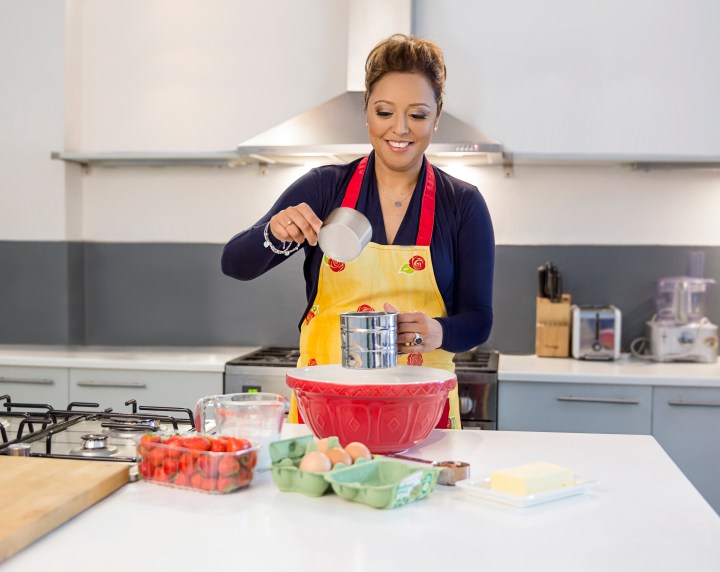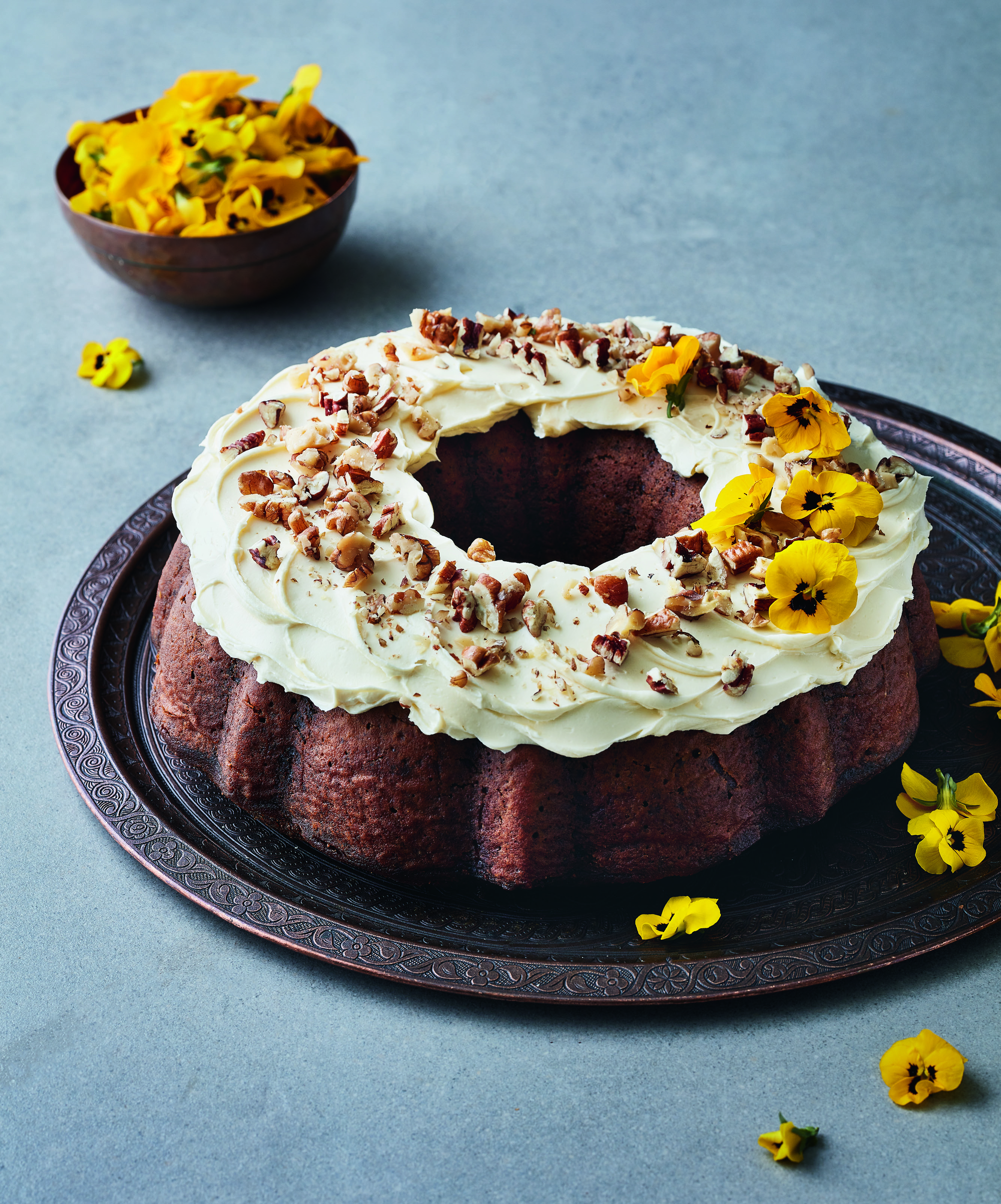SPICE FEAST
Cariema Isaacs’ mystical spice odyssey

In Islam, says Cariema Isaacs, ‘we say cooking is a form of prayer, a form of meditation. You’re calling on everything that has brought that ingredient to your kitchen, the farmer, the labourer who planted the seed… all that energy is there’. Her new book, ‘Spice Odyssey’, delves deep into the delicious yet mystical world of spices.
The mere mention of the word “spice” conjures up all sorts of magical, mystical, romantic and exotic mental images. And why not? Colourful, aromatic, medicinal, flavourful, spices have been traded for centuries – millennia even – being used for everything from cooking to religious rituals to, yes, even mummification.
For the average user these days, we’re most likely to use spices in the kitchen, and perhaps for a bit of old-timey healing. What you do with the bodies is your business.
Whether you’re looking for an introduction to the fascinating and enticing world of spices, or are already on this voyage, Cariema Isaacs’s second book, Spice Odyssey, is what you’ll want to have close to hand. The exquisite photography captures all the glorious colours and textures of the seeds, roots and barks, while the recipes feed mind, body and soul.
Cariema, who grew up in Cape Town’s Bo-Kaap and has lived in Dubai since 2010, tells the story of how she went to Sri Lanka in search of a spice garden.
“I thought I’d see these hessian bags filled with spices – that’s what I saw in India – and they take you into this garden and all you see are shrubs and leaves and trees… you’ll see a nutmeg tree; I had never seen such a thing.
“As you’re being taken through the garden, the chef would describe what you’d use the spice for; for 15 minutes it’s about the medicinal properties and you start realising spices are used abundantly for that, and the fact they can be used to season your dishes is a plus.”

Carrot cake, from Spice Odyssey (Penguin Random House).
Growing up, Cariema recalls mothers and grandmothers using spices in this way, and reflects on the aspects of her childhood which had hitherto passed unmarked or were taken for granted.
“If you had a toothache in my mom’s home, the first thing she would say was ‘here’s a clove’ and shove it in your mouth. My grandmother used to mix turmeric with a bit of oil and put that on our cuts and grazes. She’d wipe it off after half an hour or so and it would feel better.”
It was in Sri Lanka that Cariema realised she had known nutmeg from an early age.
“It was either sprinkled on mashed potato or added to milk tart; in fact, we use nutmeg quite a lot in Cape Malay cuisine, even in our frikkadelle. But in Sri Lanka I saw mace for the first time, the web-like fabric that surrounds the nutmeg shell. I was completely mesmerised. You peel that off and crack open the nut and there’s the seeds – the taller male and plump female seeds – I got immersed in that.”
Although not a “conventional” cookbook with chapters on starters, main courses and desserts, Spice Odyssey is still first and foremost about cooking with spices; the healing properties are useful additions sprinkled liberally throughout.
Following her first book, Cariema pitched five concepts to her publisher:
“After the third ‘no’ I thought maybe I shouldn’t be writing,” she laughs.
But then Penguin Random House approached her with one she hadn’t considered.
“I wanted this one to be a reflection of who I was – or am. Suddenly the chapters, the way it’s laid out, came to life. I didn’t want something ‘traditional’ so the chapter called Craving is literally those little things I crave between meals.”
That said, the book still covers the things you’d expect in terms of recipes from savoury to sweet, in chapter titles as alluring and evocative as the contents: Essence, Cherish, Harvest, Warmth, Feast, Indulge, Preserve, Comfort…
In the beginning you’ll learn about the spices in Cariema’s kitchen.
“Every single spice you see in here is something I have cooked with,” she says. “I can’t write about anything I haven’t experienced myself. Otherwise I can’t connect to the piece.”
You’ll learn too how to prepare your own roasts, toasts and blends.
“You must also remember, I come from a community where it’s a handful of this, a pinch of that. When you ask if that’s 5ml someone’s going to say ‘oh you can add some more’,” she smiles.
“I think one of the reasons I included this chapter is because when someone says garam masala I often wondered what’s in there? What’s in a tandoori spice? What is it exactly?”
And then there are the recipes… oh, the recipes. So vibrant, so seductive, and yet some so simple. Alongside the cloves, cinnamon and sumac, the cumin, coriander and za’atar, from Mexico to Mumbai, the humble salt and pepper reside peacefully and harmoniously. Even the most basic of home cooks will see they are probably already halfway there with what they have in their pantry or store cupboard, particularly when it comes to classics like roast chicken, and carrot cake.
“When I went to culinary school I started understanding how important it was to bring every single ingredient to the fore,” says Cariema.
“There are things that don’t need to be abundantly spiced. For a good rib-eye steak all you need is salt and pepper.”
And spice does not always necessarily equate to heat.
“If you look at Lebanese dishes, and Mediterranean dishes, they are not so spiced and those used are subtle and the quantities are less. It’s about balance,” she adds.
For Cariema, there is no act that more intimate than sharing food with someone.
“I love this concept of breaking bread together, passing one dish to another, fingers wrapped around bowls, making eye contact. There’s so much love. There’s conversation. The quietest person can sit there and feel the love emanating from that scene,” she says.
“My dad always said if you are going to cook, you must cook with love. If you are going to eat, you need to eat with someone. Never alone.
“In Islam we say cooking is a form of prayer, a form of meditation. You’re calling on everything that has brought that ingredient to your kitchen, the farmer, the labourer who planted the seed… all that energy is there. What are you going to do with it? When you approach it, you do it with respect and reverence. And that’s what you’re going to put on the table. That cannot be contained. You must share it.” DM




